The Masai Mara National Reserve can trace its origins to 1948, when the colonial administration established a Wildlife Sanctuary covering the Mara Triangle. As Kenya was gaining independence, the Sanctuary became a “Game Reserve” and was expanded to cover a larger area. It is at this time, that land was brought under control of the Narok County Council (NCC). In 1974, the status changed from Game Reserve to National Reserve.
The general area where the National Reserve is located is called greater Mara. Other than the reserve, this area also includes the Mara triangle and several group ranches. Wildlife flows freely within these areas. The Mara triangle is managed by the Mara conservancy on behalf of the county. The different sections of the greater Mara are independently and if you pay the conservation fee for one of them you cannot visit another part unless you pay again.
That said, the area I visited is the Maasai Mara National Reserve but next time I would love to visit the Mara triangle or the conservancies. The conservancies limit the amount of lodges and visitors meaning that there is no crowding plus there is a system set in place to make sure that the locals earn a living from tourism. I don’t know how well the system works but I do know that the conservancies are better maintained unlike the national reserve where most of the roads are in quite a state.
I went on 2 game drives one on the afternoon I arrived and a whole day game drive on Saturday. I have loads more pics to share so those will be in another post.
Since the camp I was staying in was outside the reserve we had to drive a few kilometres to the entrance. There we found a queue of vehicles waiting to get into the -reserve. We took our place in the queue and handed our driver money for the park fees plus identification. He paid for two days so that we wouldn’t have to queue again the next day.
Be prepared to be bombarded by loads of Maasai women selling jewellery. Simply close your window if you want to avoid this. The wares are pretty much the same as the ones you would find in the Nairobi Maasai market plus they are not cheaper.
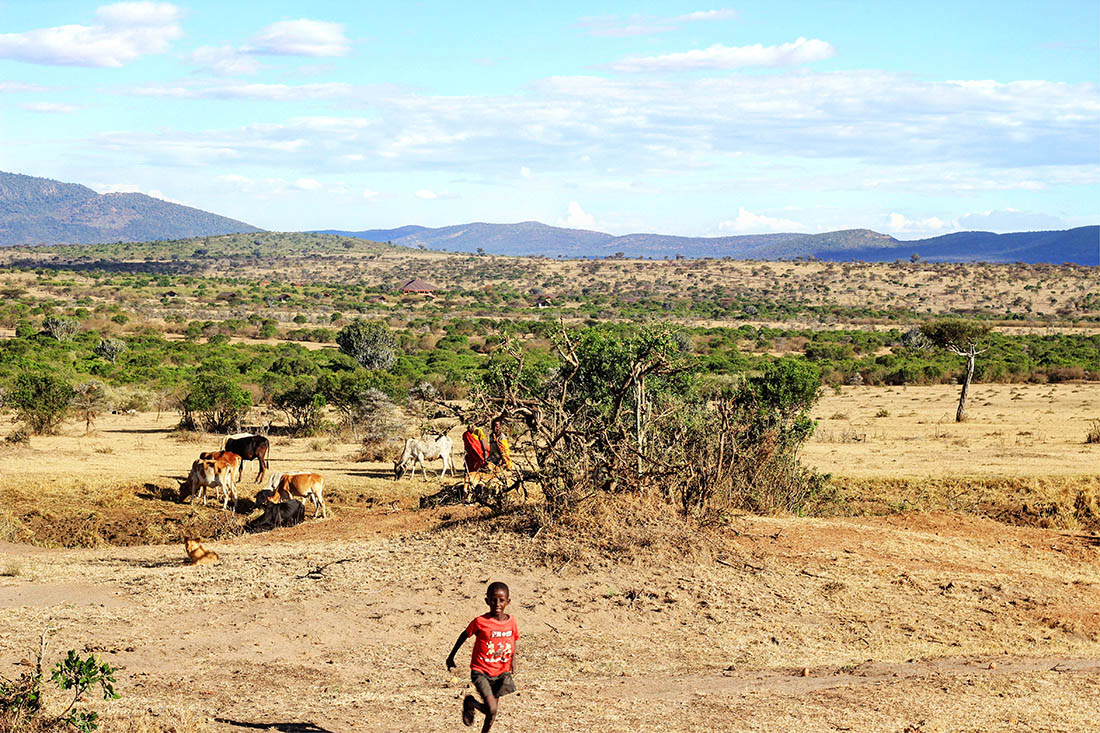 We ran into this little boy just as we were driving into the reserve. He was grazing cattle with his friends. They flagged down the van and asked for food then we offered them some they ran away.
We ran into this little boy just as we were driving into the reserve. He was grazing cattle with his friends. They flagged down the van and asked for food then we offered them some they ran away.
The landscape in the reserve is very varied. The vegetation of Mara ecosystem varies from grasslands to shrub lands to wooded grasslands and shrubby and wooded riverine.
One thing about being in the Mara is that you will always know where there is a sighting of an ‘interesting’ animal because all the drivers will congregate there. You will frequently encounter ‘traffic jams’, especially if there is a lion in the vicinity. This is certainly not ideal for game viewing unless you get there first.
 Now imagine about 10 vehicles congregated in one area
Now imagine about 10 vehicles congregated in one area
We hadn’t been driving for long when we spotted one of these ‘jams’. Dutifully our driver headed in its direction. We got there and couldn’t see anything of interested. After asking around turns out there was a lion and lioness close by. The lioness I spotted easily but I could not for the life of me see where the lion was, it was very well camouflaged in the grass.
After maneuvering the van a bit we were finally able to spot the lion.
There was also a Jackal in the area.
Fans of BBC’s Big Cat Diaries are sure to be curious about the marsh pride. They are usually found in Musiara swamp which was a bit of distance from where we were. Hopefully next time I am in the Mara I will be able to see them.
For a first timer I would say that the Mara is a great place to visit. There is a wide variety of animals and you will not have to drive too long to spot the big five. I unfortunately, didn’t as there were no rhinos or leopards to be seen. However there was no shortage of herbivores
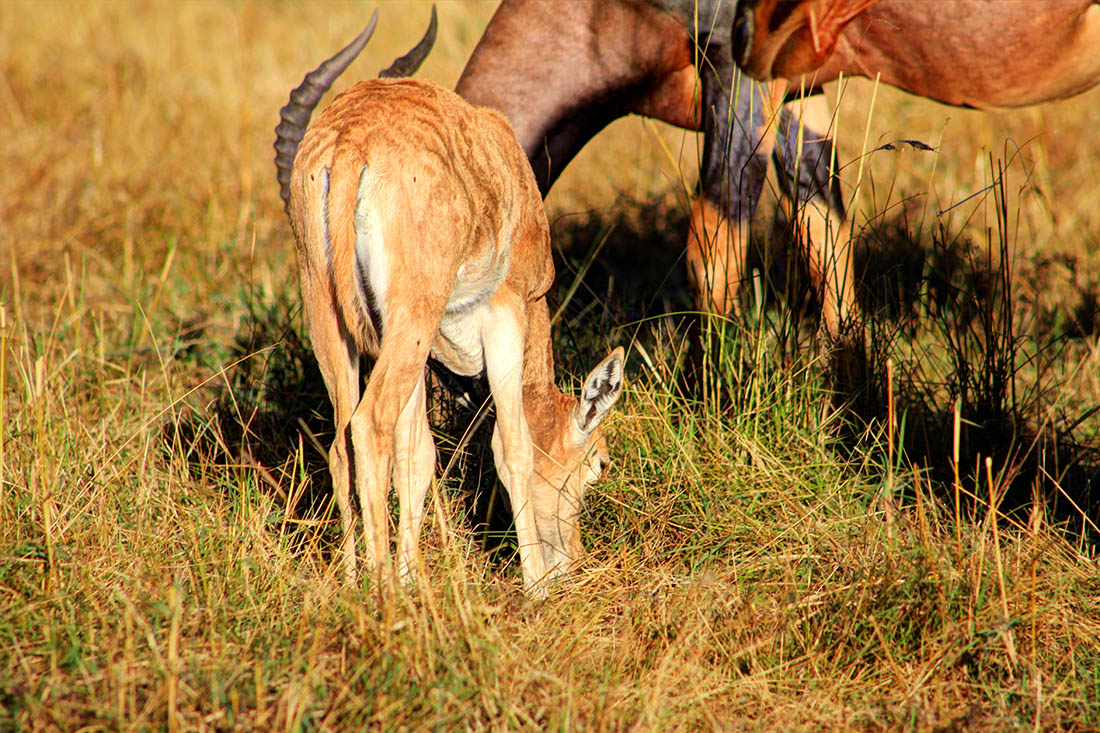 Topi resemble hartebeest but have a darker coloration and lack sharply angled horns.
Topi resemble hartebeest but have a darker coloration and lack sharply angled horns.
The tallest of all giraffes is the Masai species. They grow to height of about 19 feet and the dominant male’s spots tend to be darker in colour than those of other members of its herd.
Of course the best time to visit the Mara would be during the migration. The Maasai Mara Ecosystem plays hosts to one of the most spectacular wildlife scenes; the great wildebeest migration. Over 1 million of wildebeests cross the Mara River in the months of June to August to graze and to mate, before returning to the Serengeti in the late October to November. I visited in early October but I didn’t get to see any of it, hopefully I will have better luck next time.
Not all wildebeest leave during the migration, the Mara has its own resident population.
I was not able to see any leopards but this was made up for by several sightings of cheetahs over both days. Cheetahs are vulnerable to extinction; there are less than 10 000 individuals left in the wild.
I was not able to spot many birds in comparison to Amboseli.
Oxpeckers feed exclusively on the bodies of large mammals. Oxpeckers have an interesting diet, they also feed on the earwax and dandruff of mammals.
The light began to fade and soon it was time for us to leave the reserve. I wasn’t able to get a great photo of the sunset but I did manage to catch this just as we had left.
Getting there
You can drive, road is in okay condition most of the way there, it only gets bad a few kilometres past Narok town. There were parts where the road had been washed away by the rains and we had to pass through other people’s land and therefore forced to pay a toll. The most I saw our driver paying was Kshs 200 ($1.9).
You can fly there, Safarilink and AirKenya offer regular flights to the Mara.
Charges.
For more info, this site should be useful
Non Resident Adults Inside the park – US$ 70
Non Resident outside the park – US$ 80
Non Resident Children inside the park – US$ 40
Non Resident Children outside the park -US$ 4
EAST AFRICAN CITIZEN (Ksh)
Citizen Adults – Ksh. 1000
Citizen Children – Ksh. 200
Citizen Student – Ksh. 200
EAST AFRICAN RESIDENTS (Ksh)
Resident Adult – Ksh 1,200
Resident Children – Ksh 300
Resident Student – Ksh 300
Vehicle charges – Per Vehicle Per Day
Vehicle 5 seats or less – Ksh. 400
Vehicle 6 seats but less than 12 – Ksh. 1,000
Vehicle 34 seats but less than 24 – Ksh. 3,000
Vehicle 25 seats but less than 44 – Ksh. 4,000
Vehicle 45 seats and above – Ksh. 5,000
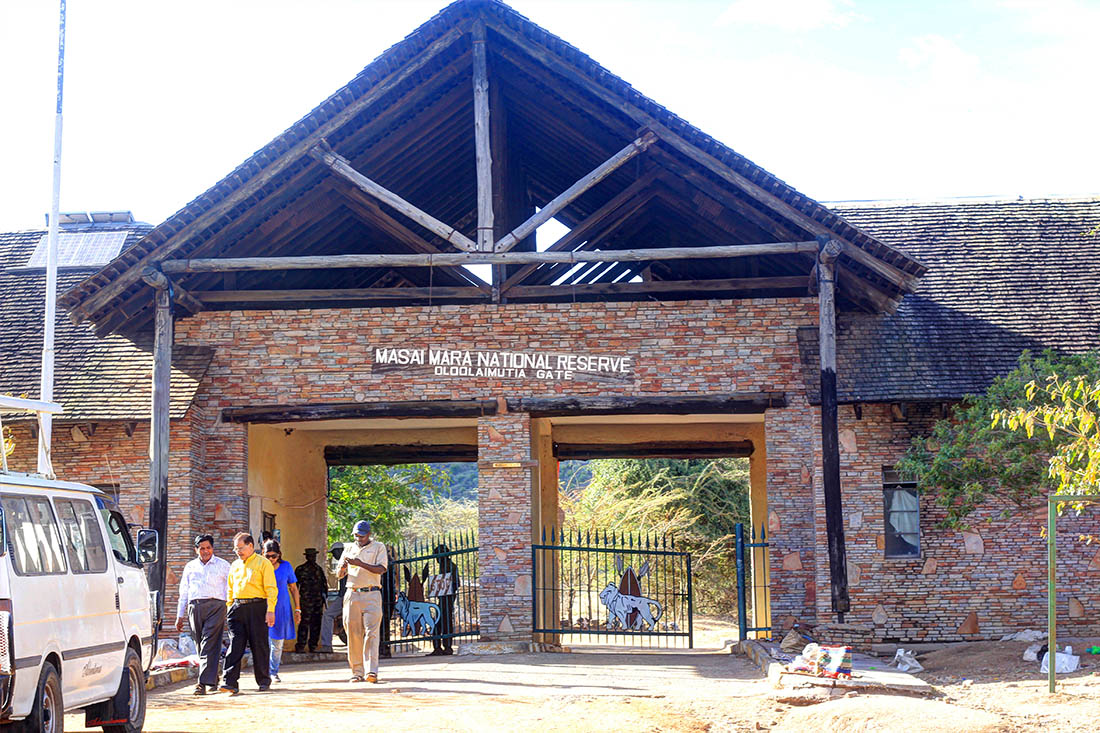
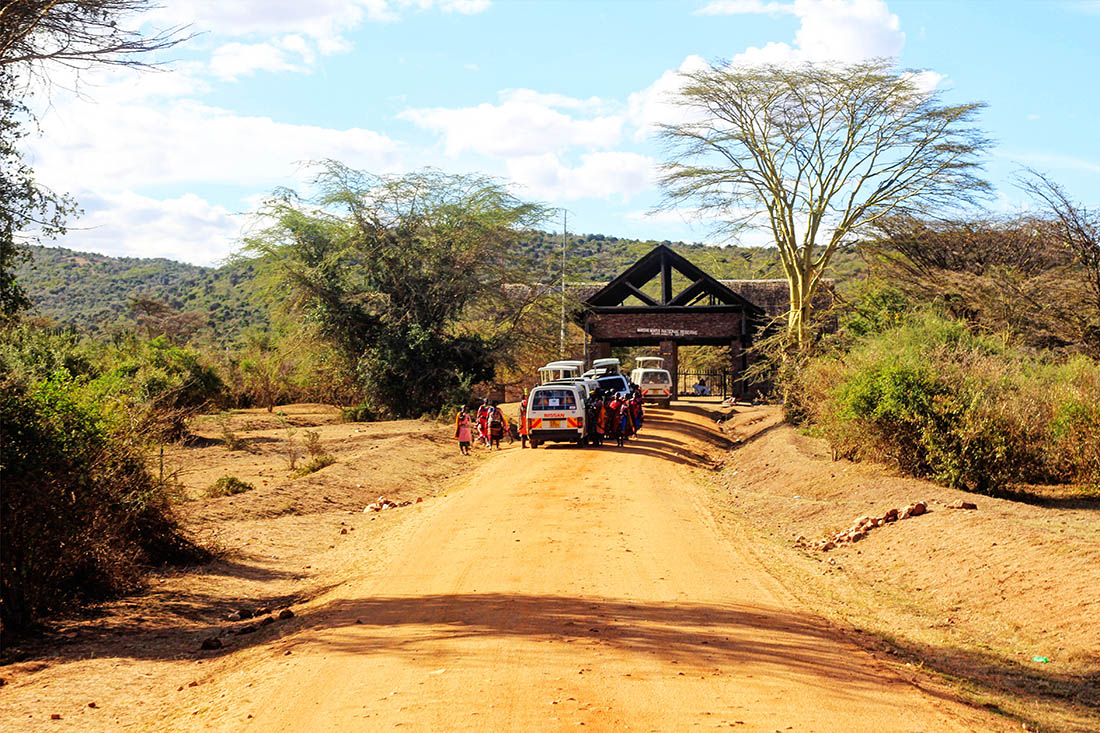
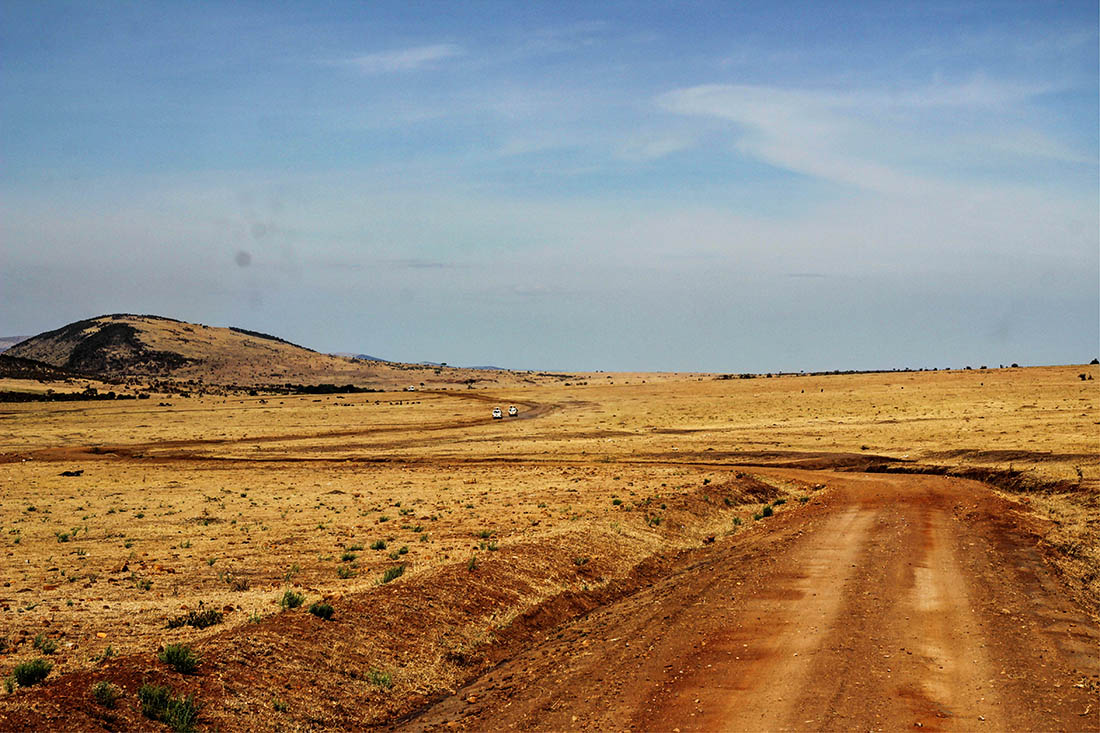
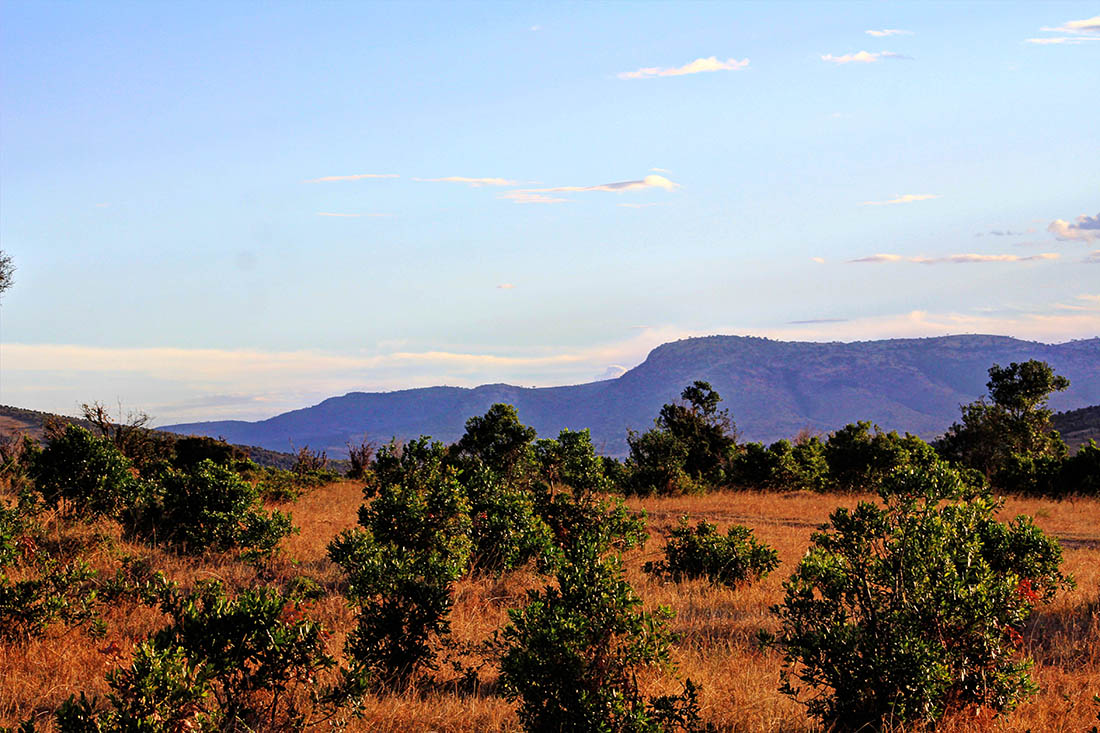
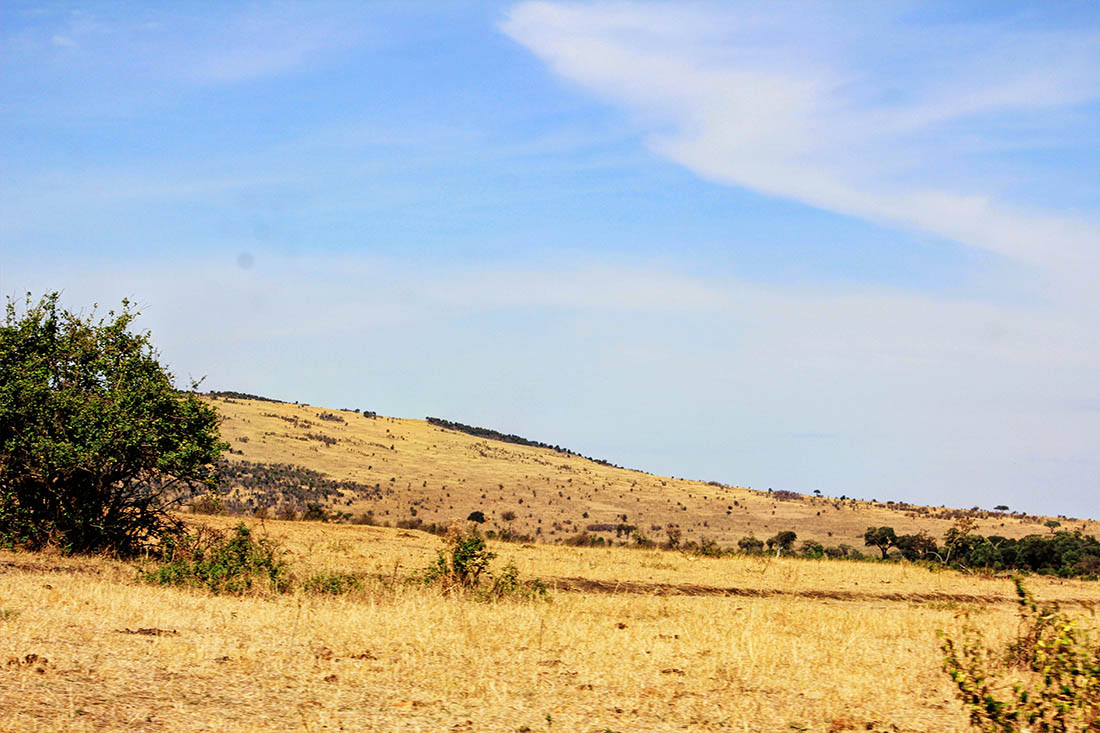
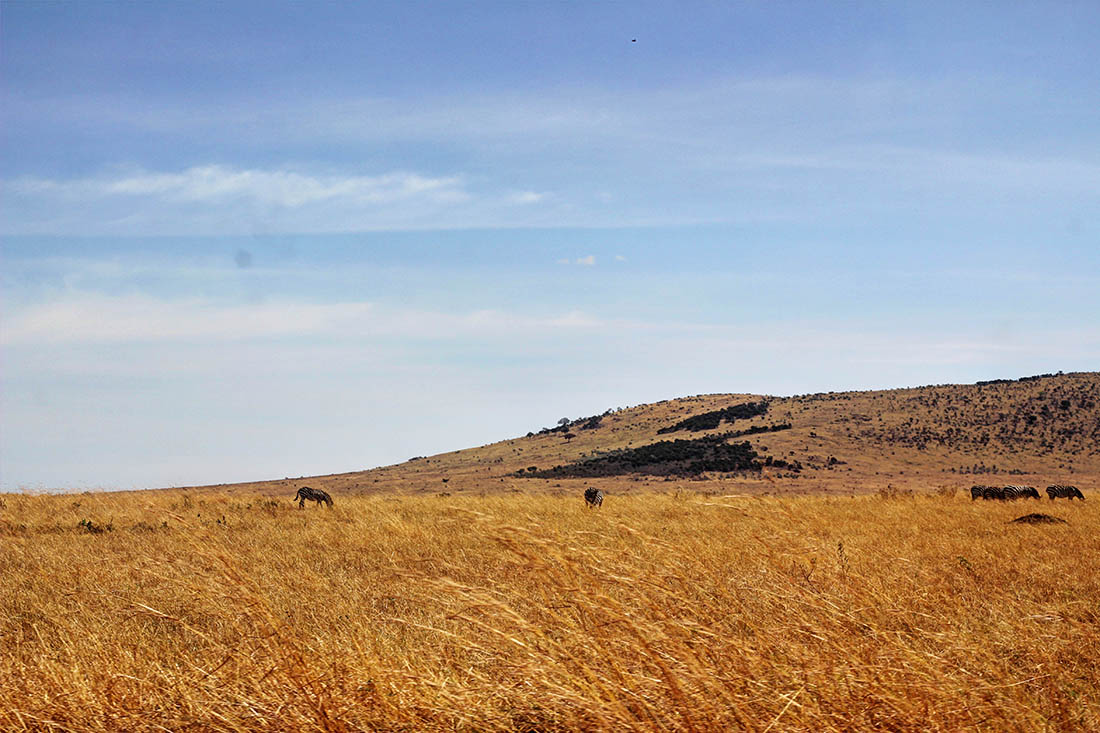
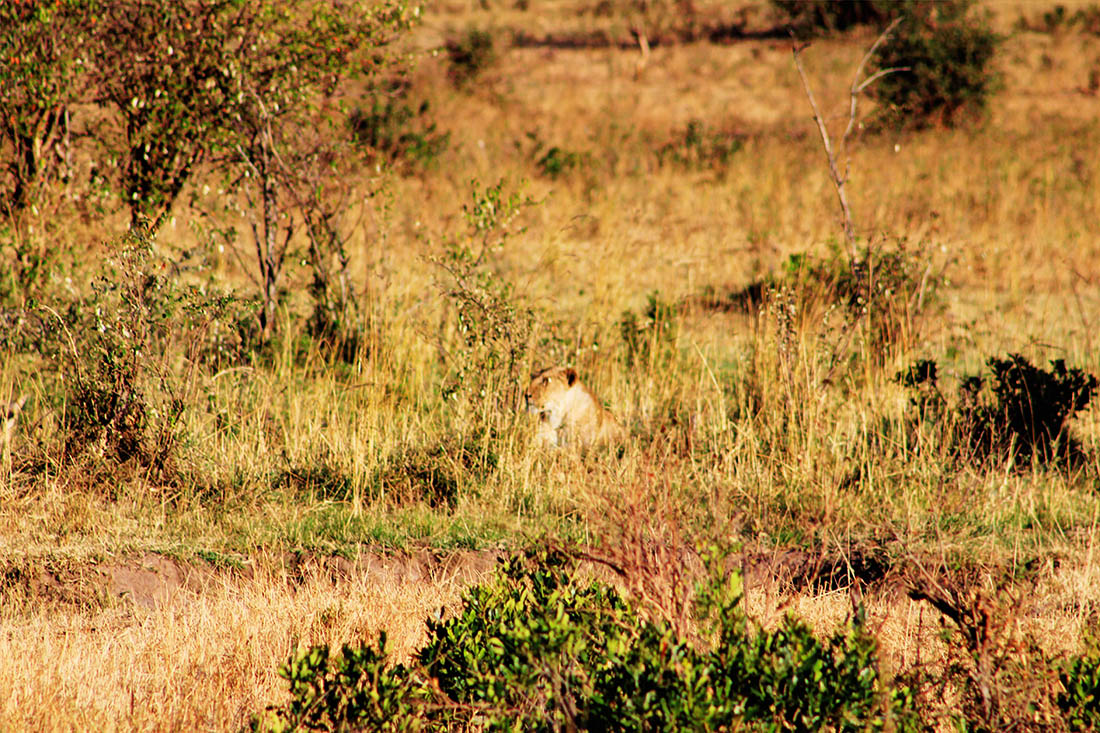
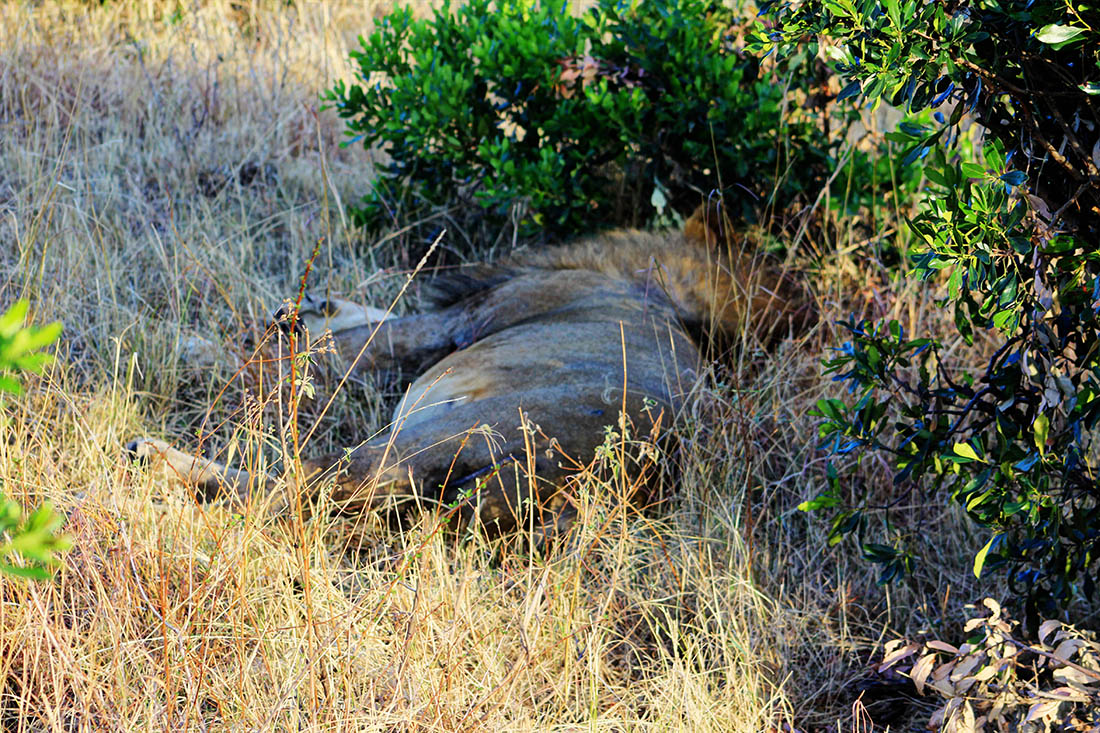
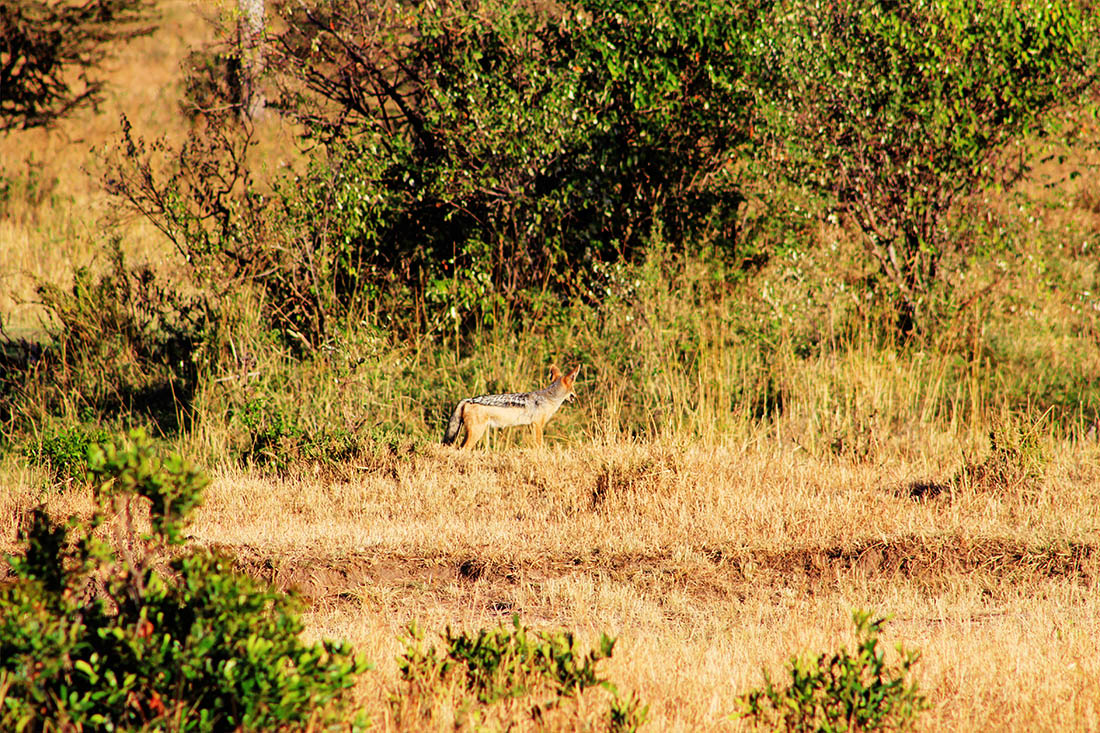
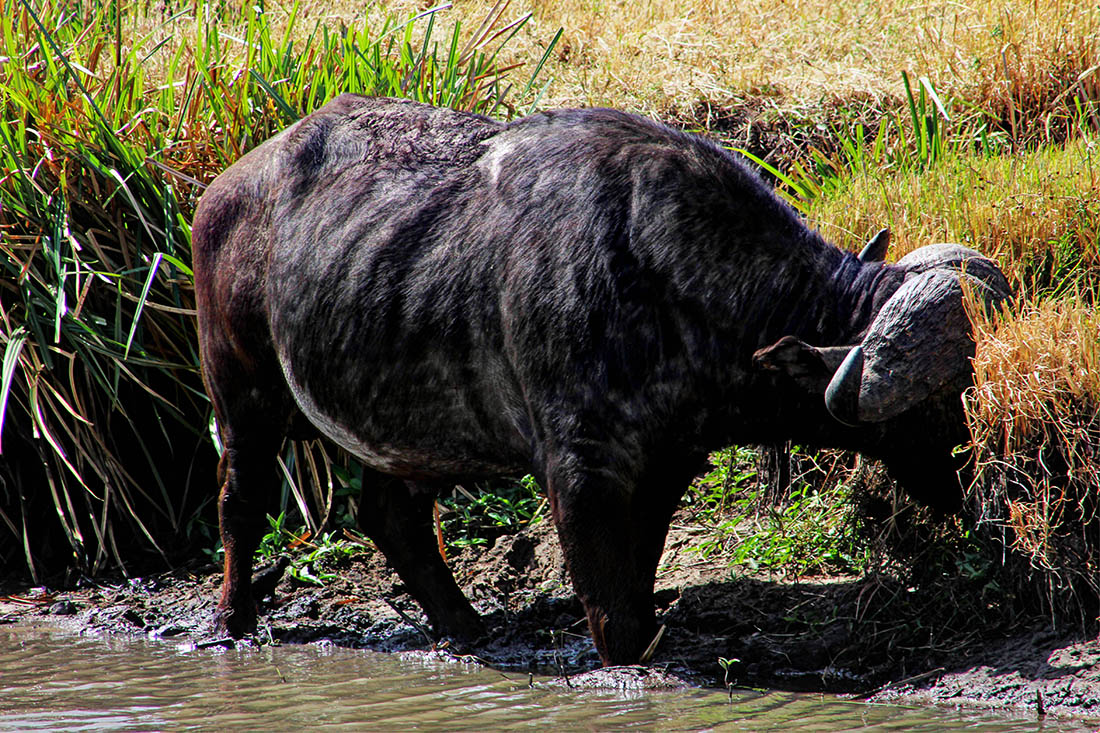
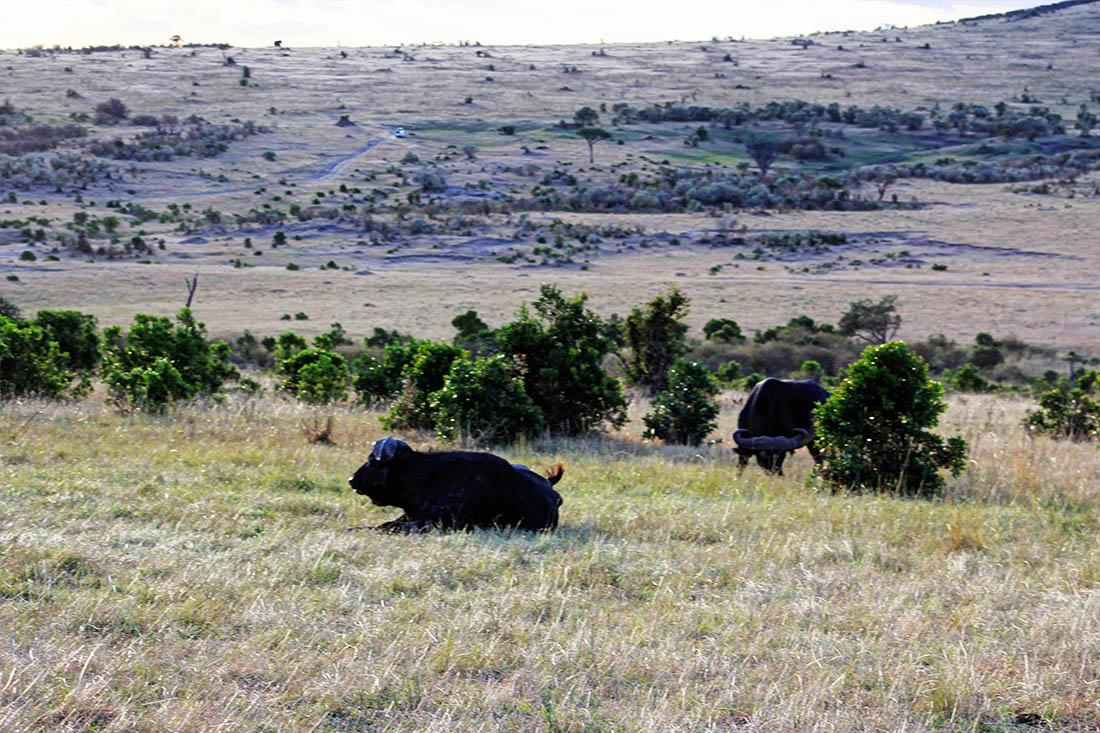
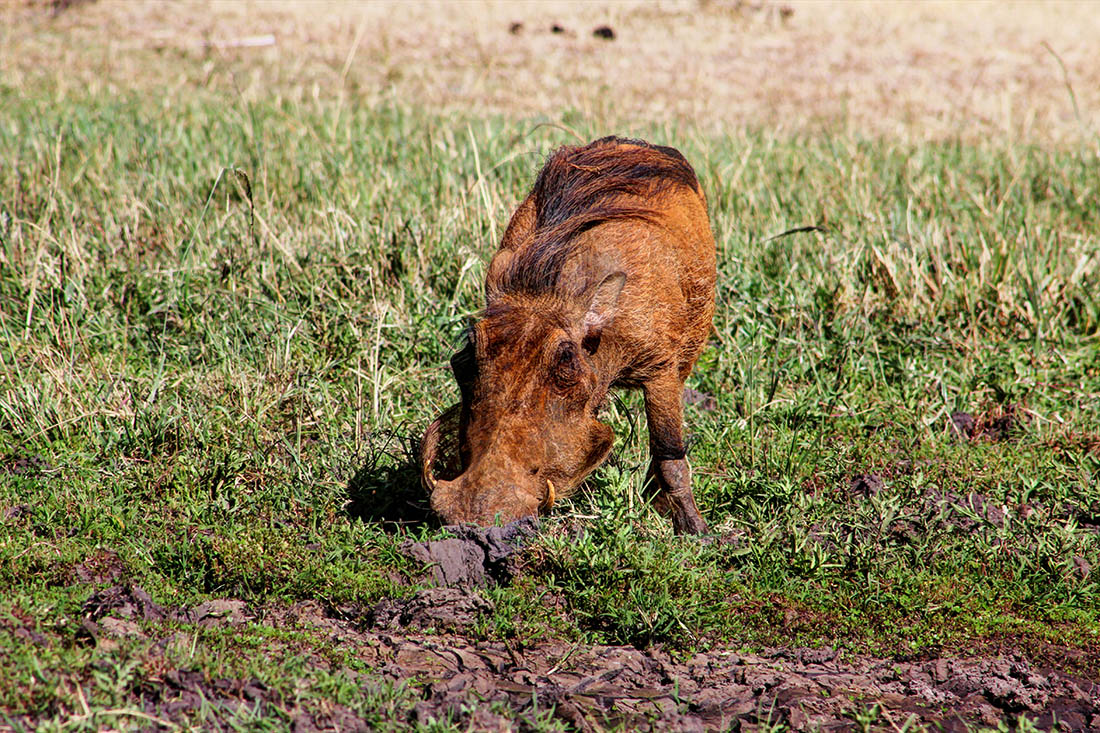
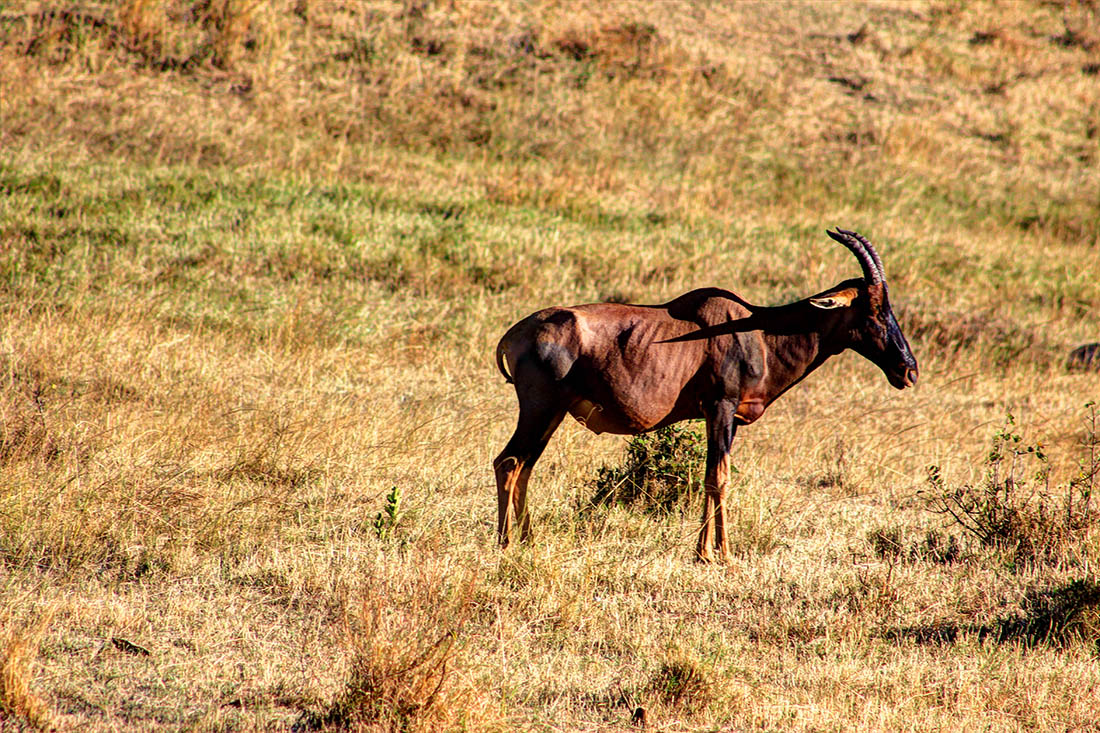
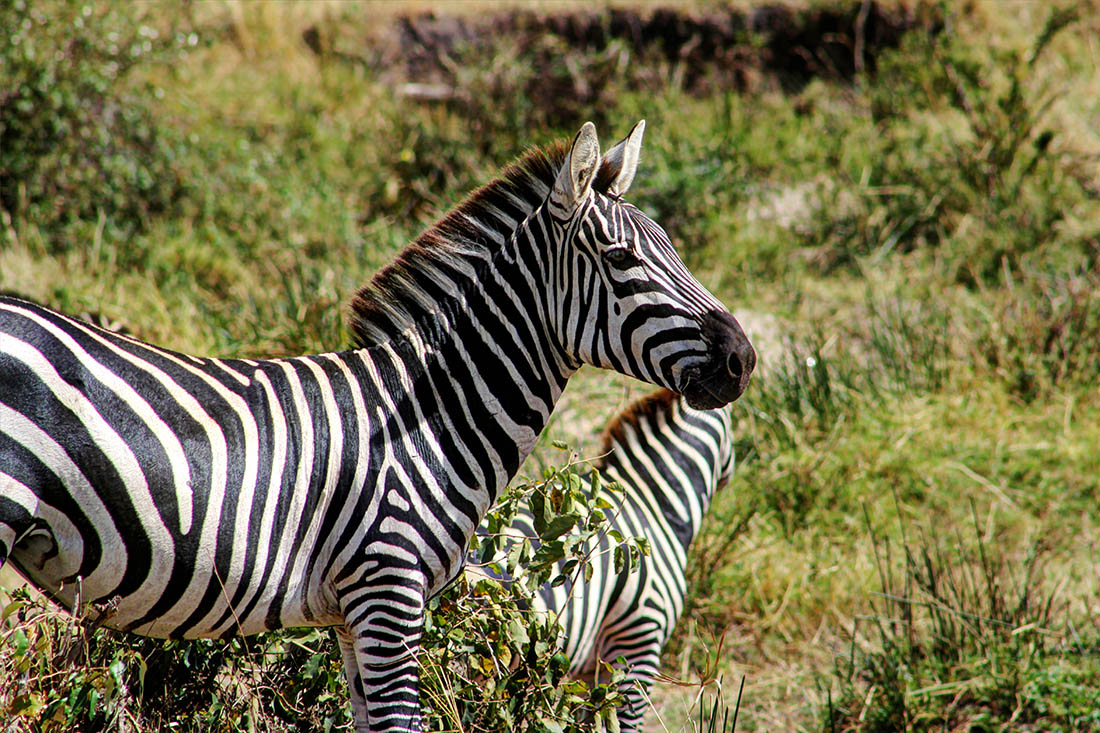
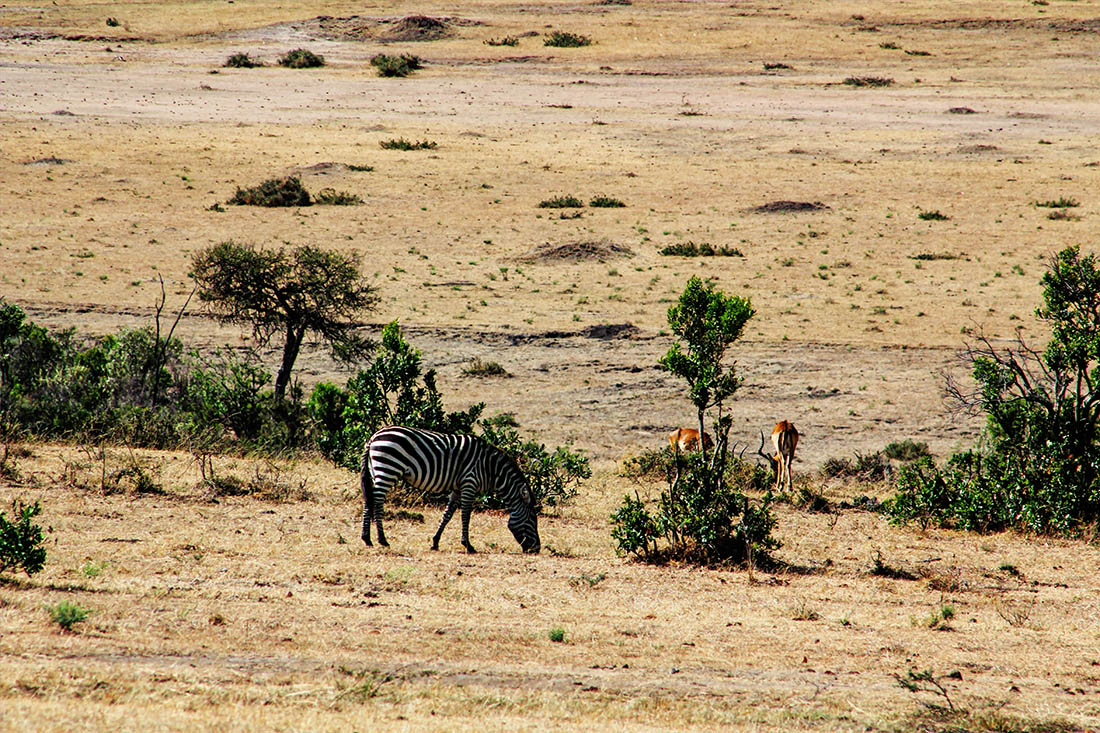
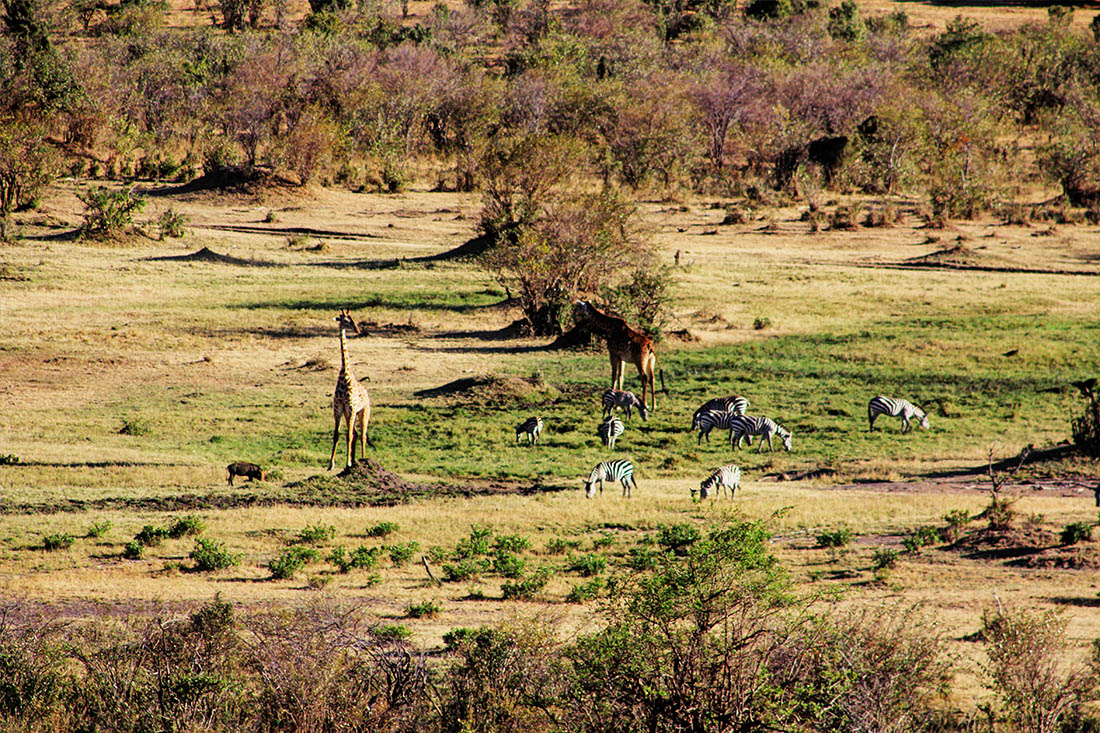
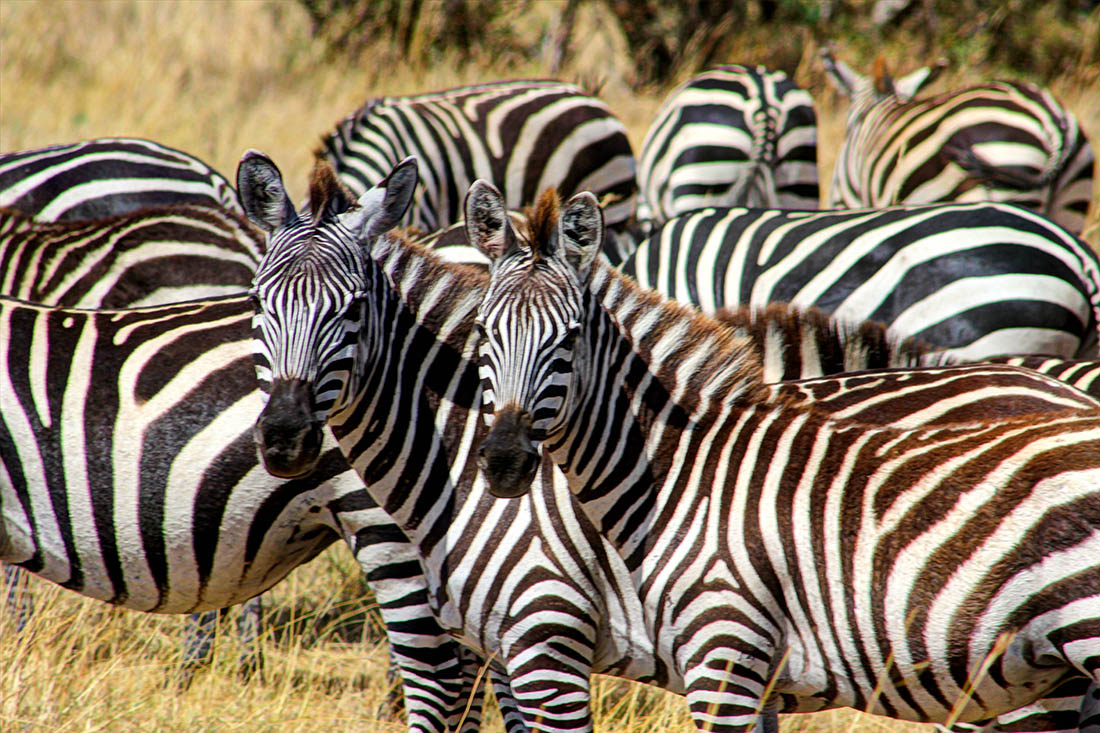
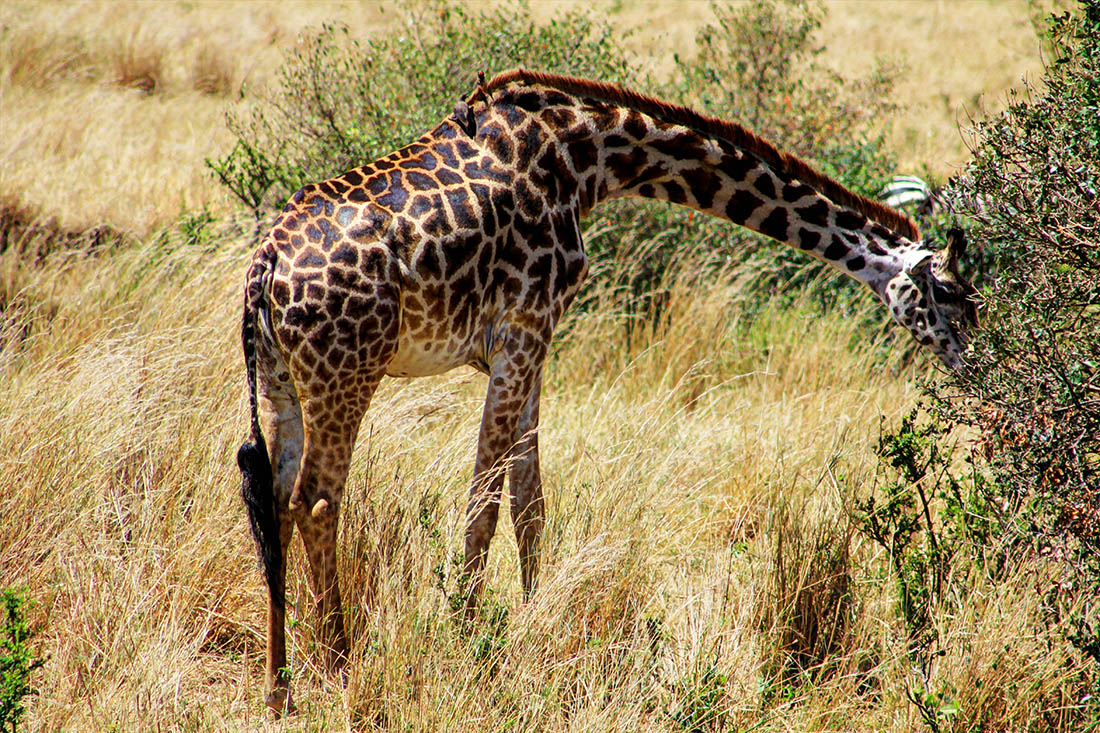
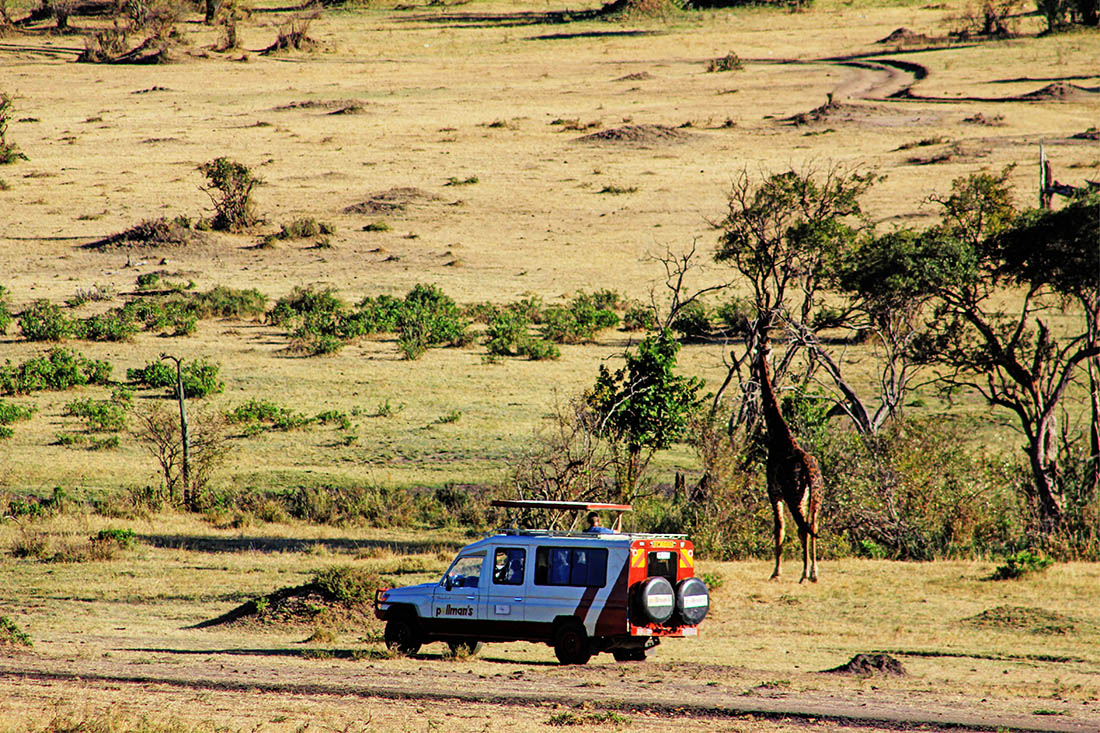
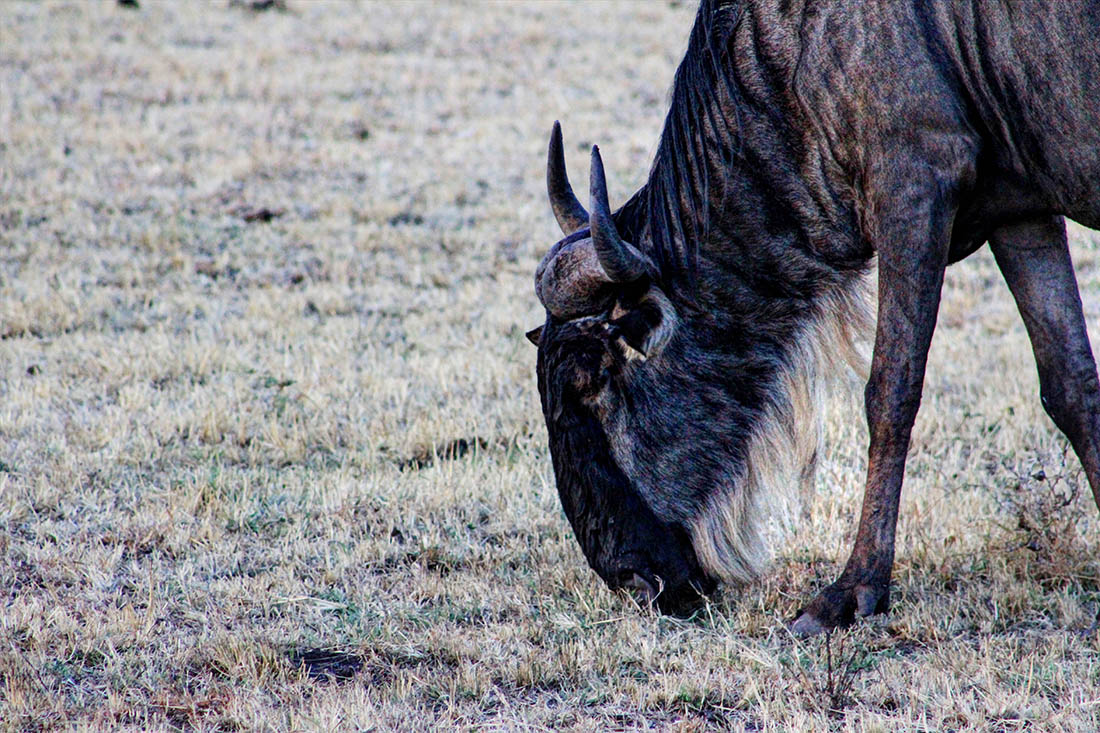
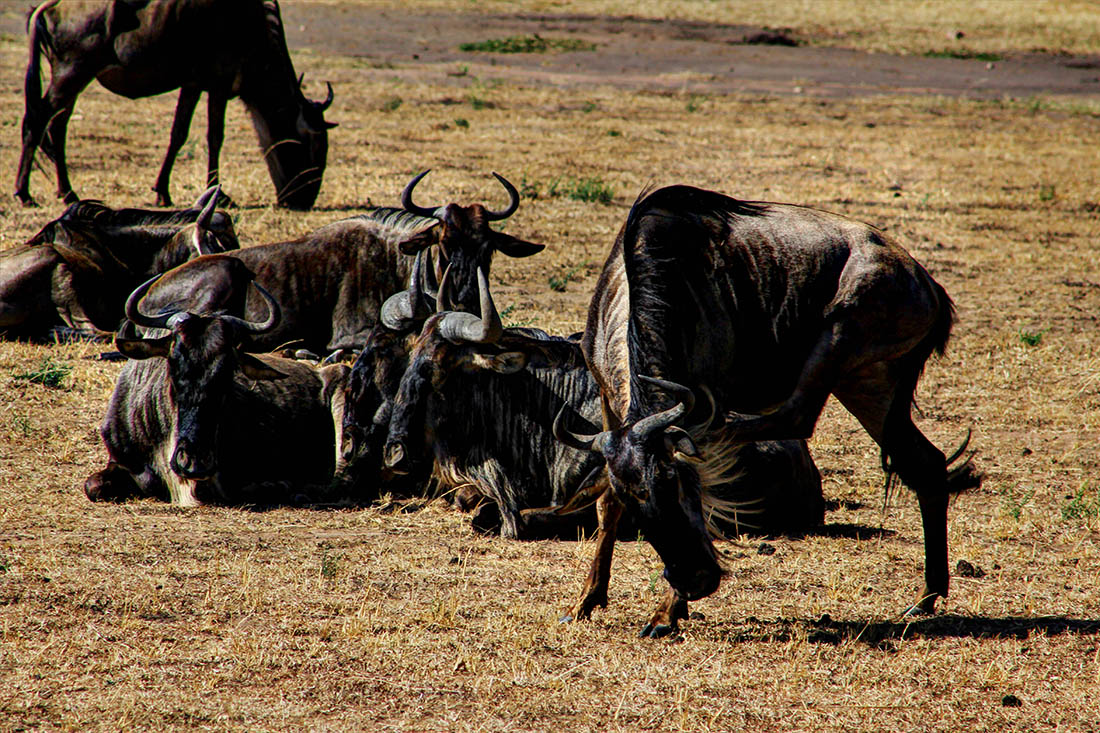
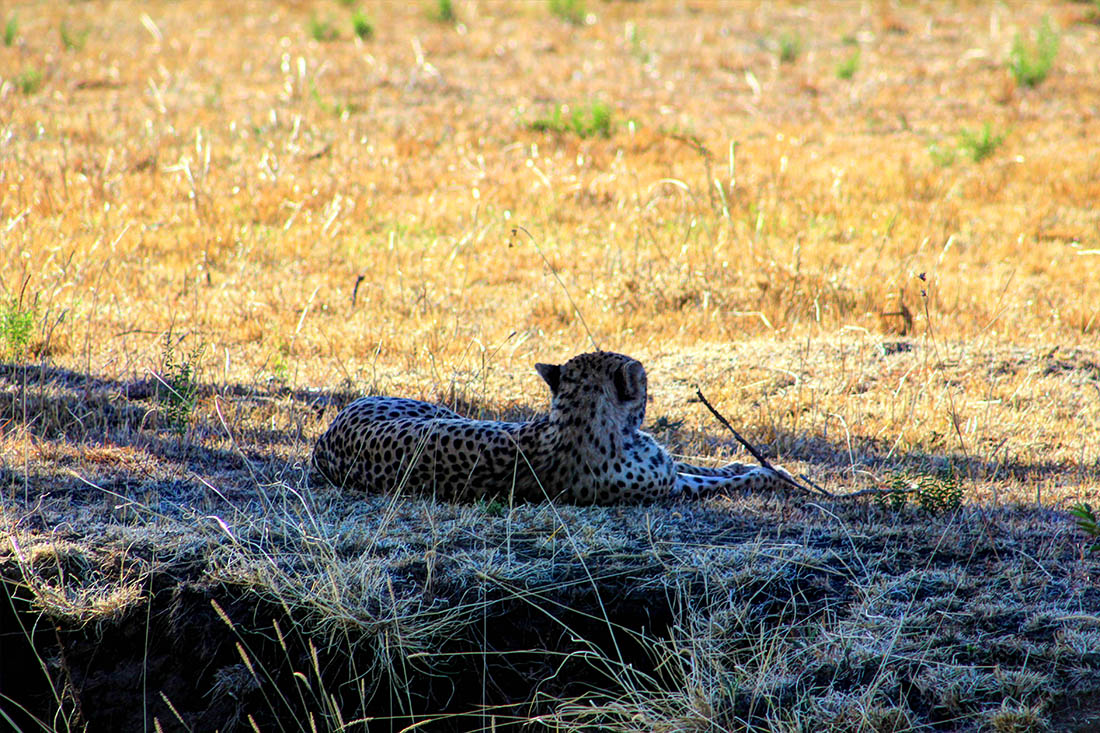
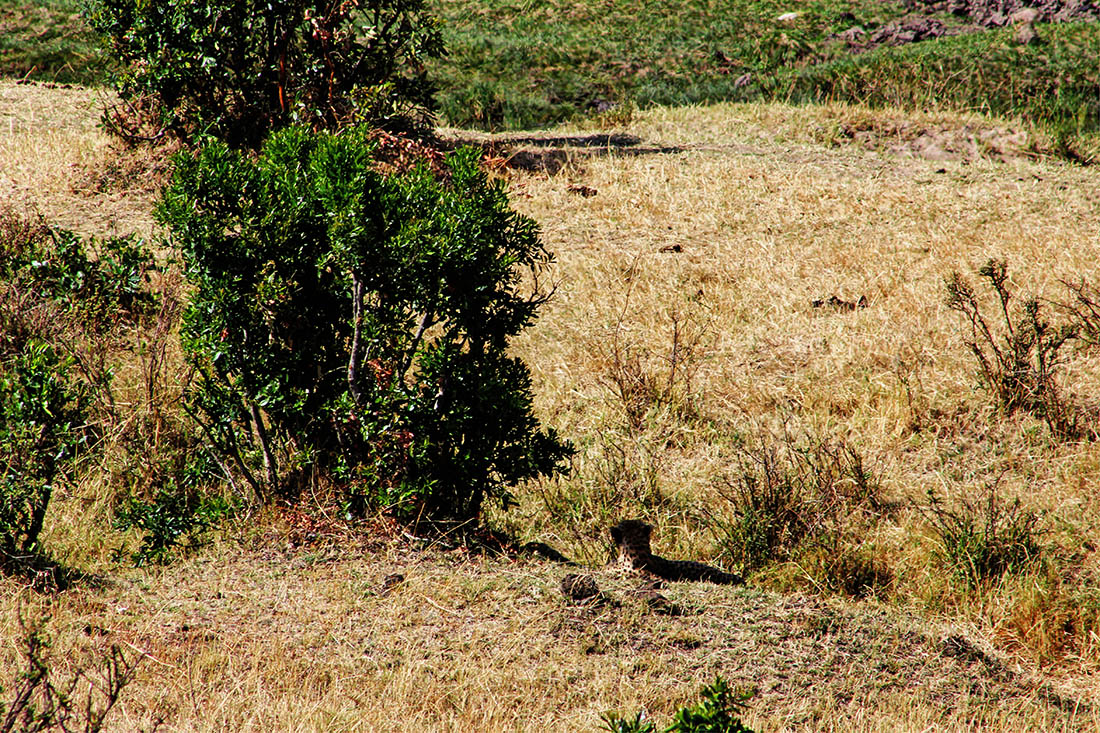

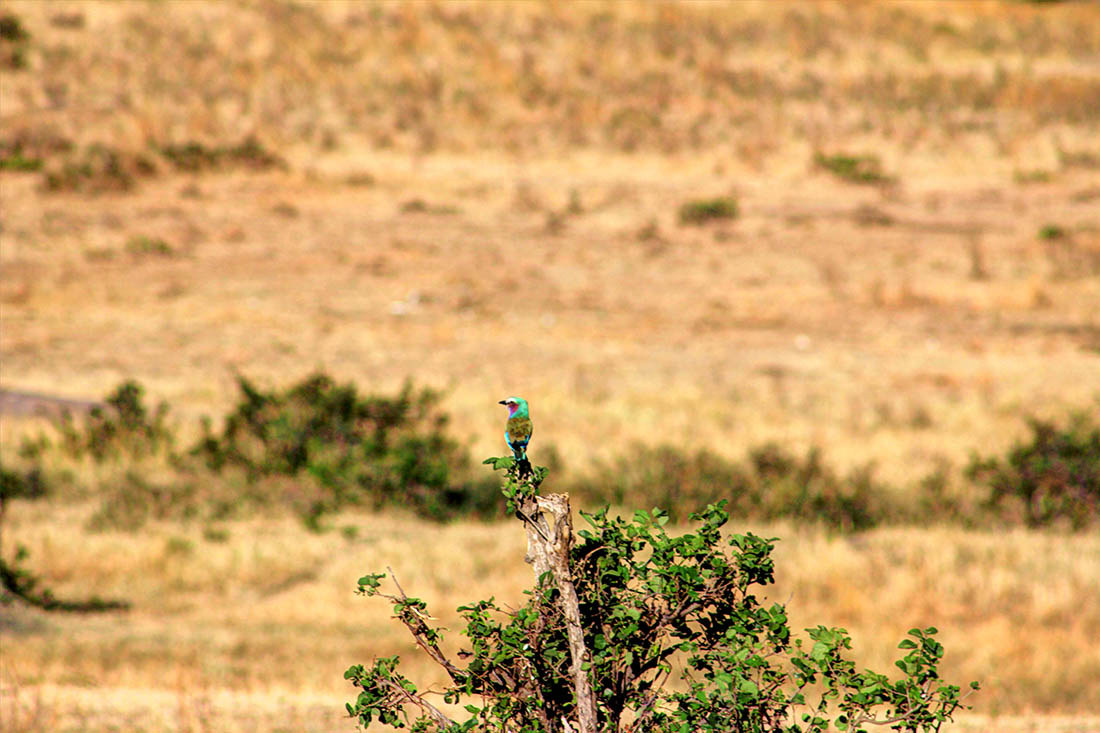
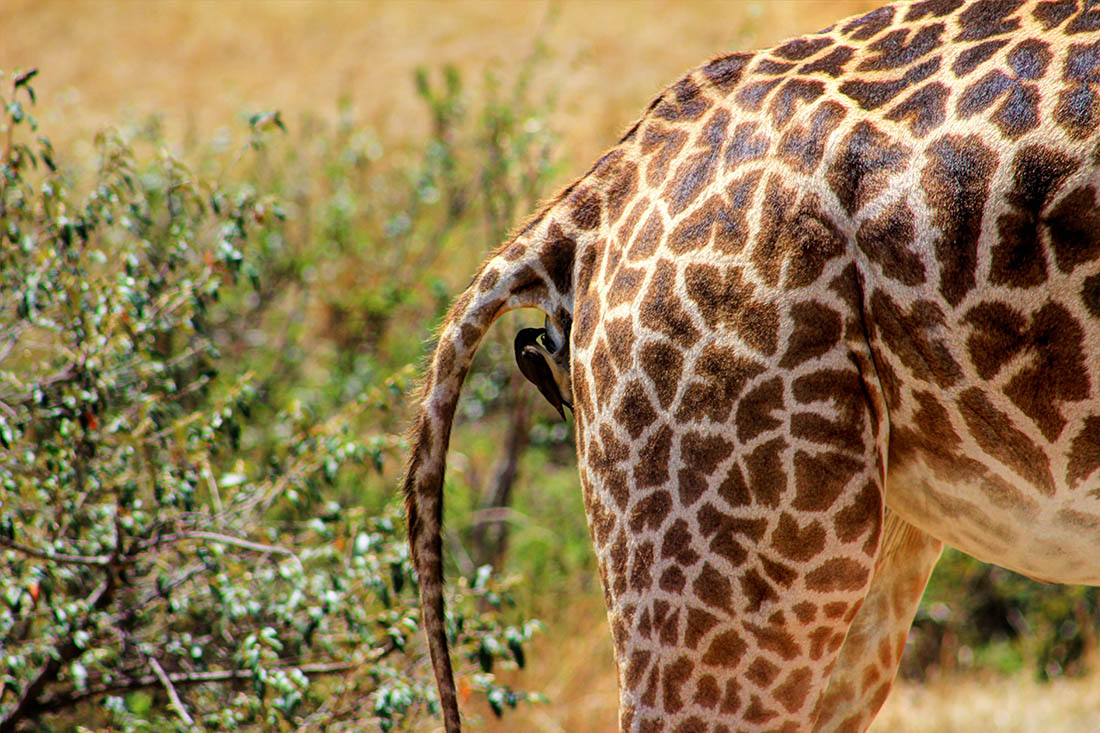
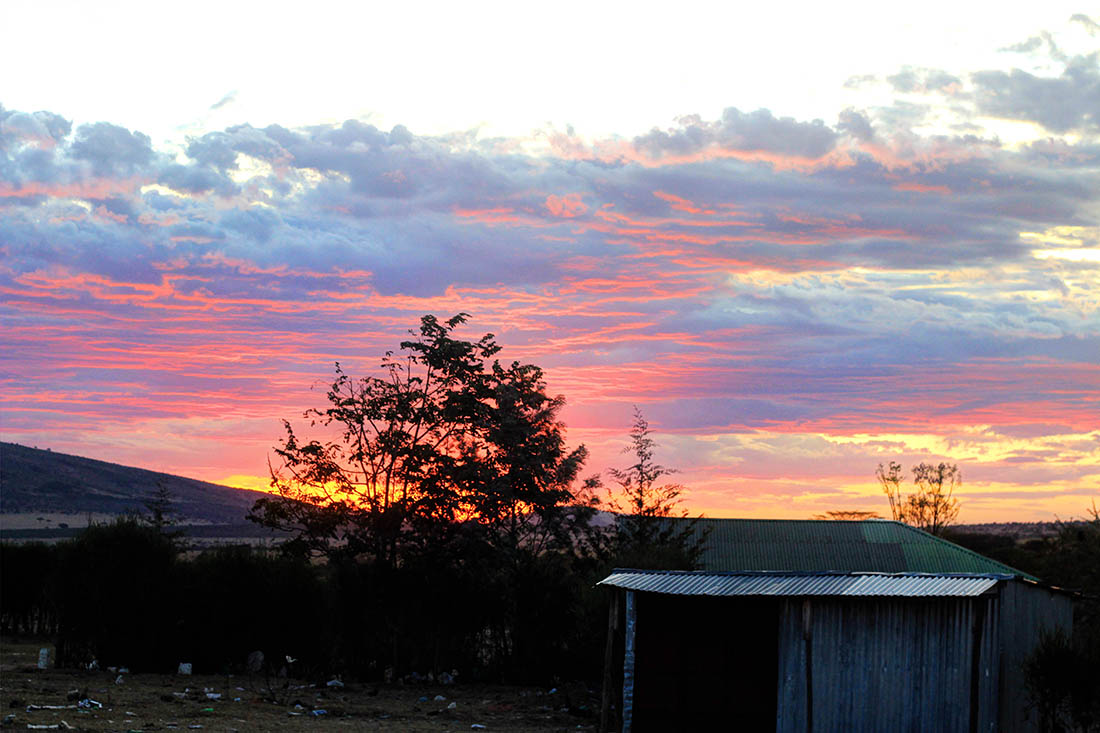
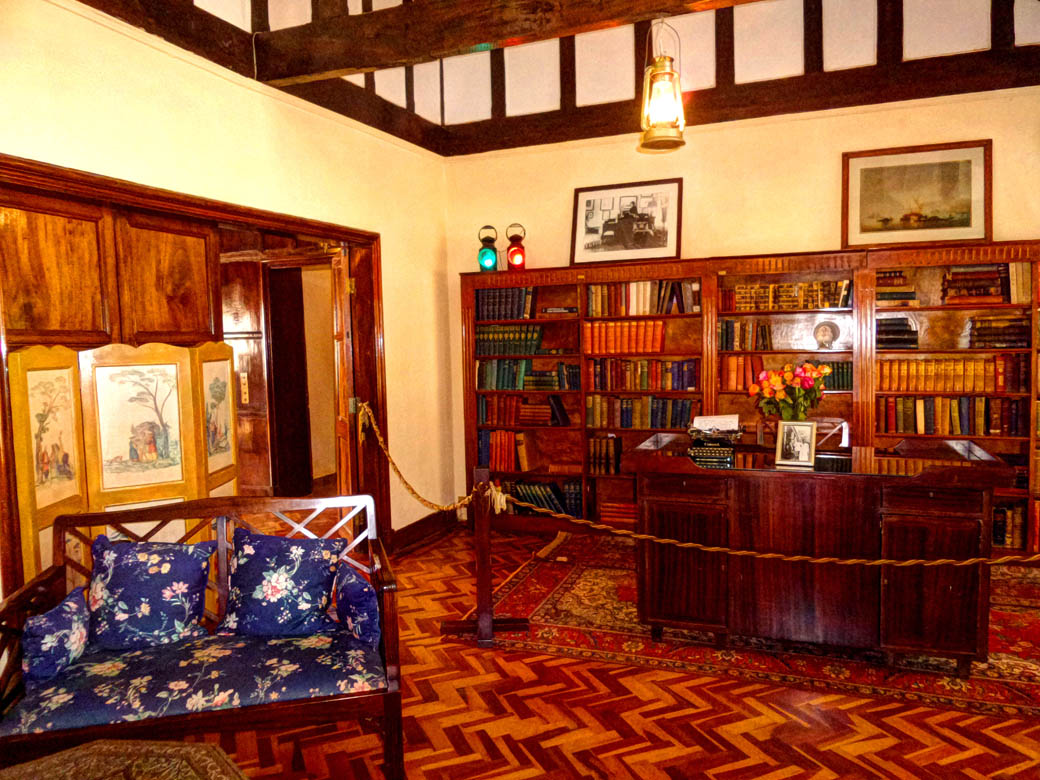
4 Comments
Sucks to be an Oxpecker – huh?! Lol! You are so incredibly fortunate to essentially have the Maasai Mara Reserve right in your backyard. Seeing the Great Migration has been a lifelong dream of mine, but it’s so costly when coming from the U.S. It’s amazing how well camouflaged the animals are – I’d hate to be out there on foot and get surprised by a pride of lions. And I’m sad to hear that cheetahs are close to extinction – I had no idea. They’s such beautiful animals. Looking forward to seeing more of your pics in future posts!
Great photos, Rachel! Love the flatness and expanse, lots of places for animals to roam free. I had no idea the zebras here were that tall, amazing isn’t it?
Ever since we returned from safari in Zimbabwe, I’ve been angling to see the Migration. It looks like an absolutely amazing experience! Thanks for the tour.
Amazing images! Such a spectacular place. I am so looking forward to doing a safari somewhere..anywhere..major bucket list item. So lucky that you have so many to choose from.
Nothing quite like a safari in Africa. Pity its so expensive. Great pics